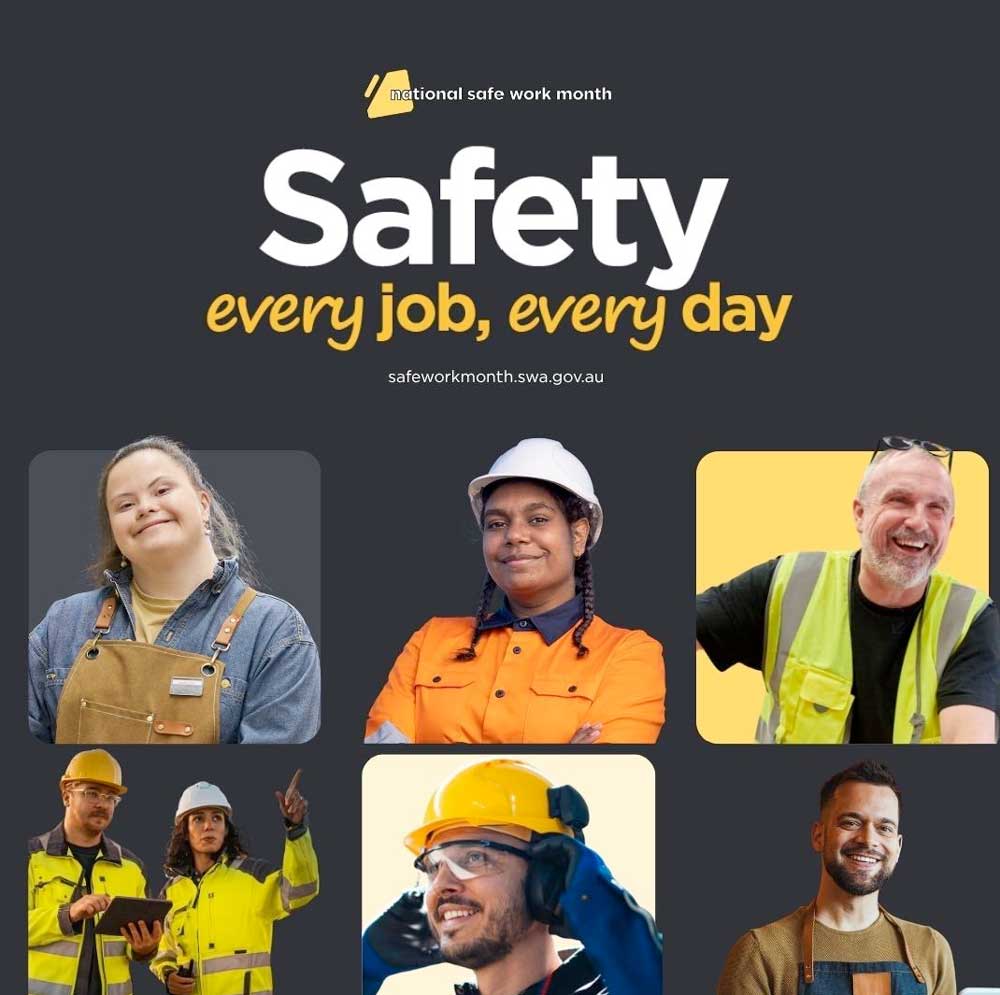How do you identify hazards in your workplace? You might check for trip hazards, faulty equipment, or unsafe practices. But for us, we take a close look at the people. We look into their eyes, notice how they walk, and listen to how they talk. These simple observations can reveal if something is not quite right. And when we spot something, we back it up with the best equipment available.
Of course, we’re talking about the hazard of someone being under the influence of drugs or alcohol at work. Whether it’s alcohol, prescription medication, or illicit substances, impairment creates hazards in the workplace—not just for the individual but for everyone around them. Identifying these risks and moving the person to a safe place protects people and the business.
Now imagine if, instead of one or two people keeping a lookout for impairment, every employee in your workplace had the knowledge and confidence to recognise these hazards.
That’s where workplace drug and alcohol education can truly make a difference.
Educating Staff to Spot Impairment
Most safety-conscious workplaces already train staff on the dangers of drugs and alcohol and the importance of never turning up impaired. But some organisations go further. They teach employees, supervisors, and managers how to recognise when a colleague might be under the influence. They share the common signs of impairment and explain how to respond with genuine care and concern.
It's no real difference to educating your workforce to spot other hazards – such as trips, faulty equipment, unsafe practices and other risks. You’d expect them to notice and act on these hazards and it’s the same for being on the lookout for people who may be under the influence.
Providing this level of education has the added benefit of underlining how everyone in the workplace has a role in maintaining a safe environment. Employees who notice potential impairment should feel empowered to act, while supervisors and managers should know what to do to ensure the correct procedures are followed and support offered.
Potential Signs of Impairment
So, what are the potential signs of impairment that employees, supervisors and managers can look out for? Here are just a few things that could indicate someone is under the influence:
- Sudden irritability, euphoria, or lethargy.
- Stumbling, clumsiness, or difficulty handling tools.
- Difficulty responding quickly or making decisions.
- Slurred speech, forgetfulness, or trouble focusing.
- Frequent tardiness or extended breaks.
- Eyes that are bloodshot, glassy or red.
- Nausea and vomiting
It is important to remember that these signs do not automatically mean a colleague is under the influence. Health issues, fatigue, stress, or personal circumstances can cause similar behaviours. Approach any concerns with empathy and without accusation.
When addressing potential impairment, the focus should always be on care, not punishment. Accusing a colleague can create tension, fear, or resentment. By demonstrating genuine concern for someone’s safety and health, employees, supervisors and managers can create an environment where individuals feel supported rather than judged.
Why Professional Workplace Drug and Alcohol Testing Matters
So how can you positively determine if someone is indeed under the influence of drugs or alcohol? While observation is important, there is only one reliable way to confirm impairment. And that’s through drug and alcohol testing conducted by trained professionals.
Testing ensures that any interventions are fair, accurate, and compliant with workplace policies and regulations. It also protects both the employee and the company from misunderstandings or false assumptions.
FAQ: Identifying Impairment in the Workplace
What are some signs an employee may be under the influence of drugs or alcohol?
Possible signs include slurred speech, unsteady movements, bloodshot eyes, unusual behaviour, or difficulty concentrating. However, these signs alone don’t confirm impairment.
Can managers or employees make the final call on whether someone is impaired?
No. While observations are important, only professional drug and alcohol testing can confirm impairment. Education helps staff recognise potential risks, but decisions must be backed by testing.
Why is it a great idea to educate all employees, not just managers, on recognising impairment?
Hazards are best managed when everyone in the workplace is alert. Colleagues are often the first to notice changes in behaviour, so widespread education improves safety outcomes.
What should I do if I suspect someone is under the influence at work?
Follow your workplace’s drug and alcohol policy. This usually involves reporting concerns to a supervisor or manager, who can then take the appropriate steps, such as arranging a test and ensuring the employee is removed from safety-sensitive tasks.
How does education reduce risks?
Education empowers staff to recognise signs early, respond appropriately, and create a culture where safety is prioritised over stigma or silence.
National Safe Work Month
National Safe Work Month is an annual October campaign led by Safe Work Australia aimed at elevating work health and safety awareness nationwide. Under the theme “safety: every job, every day”, the initiative encourages every workplace to integrate safety into daily operations—ensuring that everyone, in every industry and role, is protected from harm.
Week 1 kicks off the campaign by focusing on the crucial first step in risk management: identifying hazards. Hazards may be physical, such as equipment risks, or psychological, like stress or burnout… Or an employee who is under the influence of drugs or alcohol.

FEATURED IMAGE CAPTION:
A red or bloodshot eye can be a sign of impairment. Drug and alcohol education can help employees, supervisors, and managers identify signs that one of their colleagues could be under the influence.





